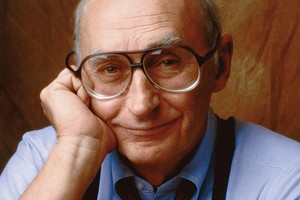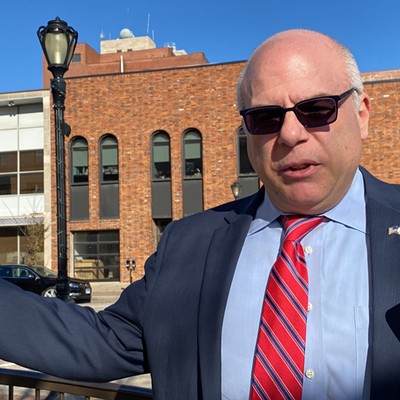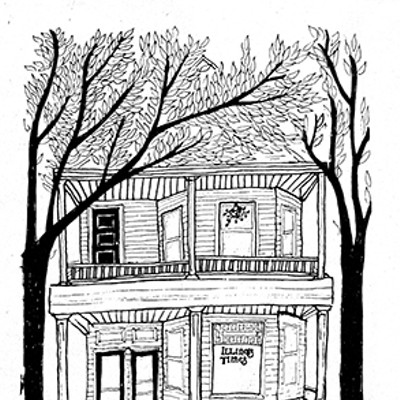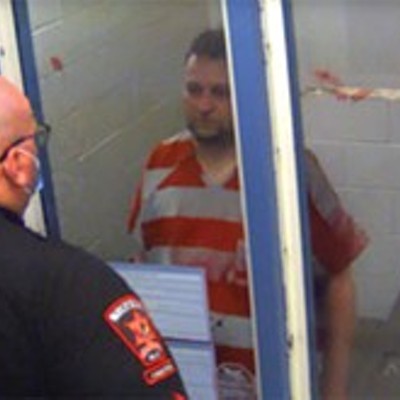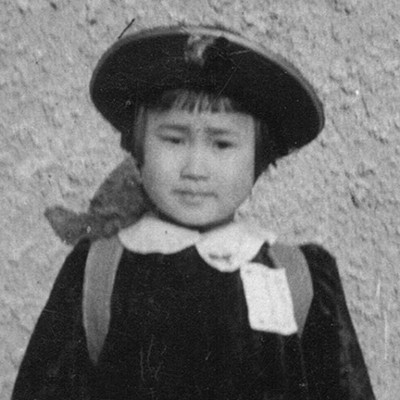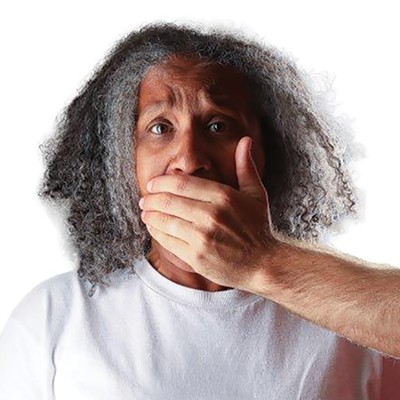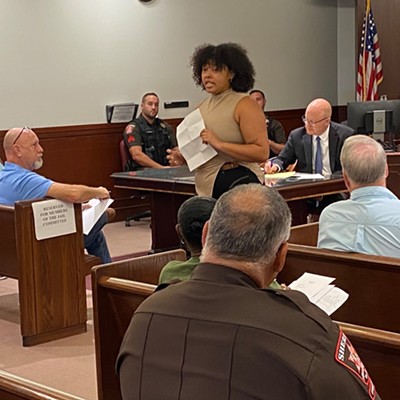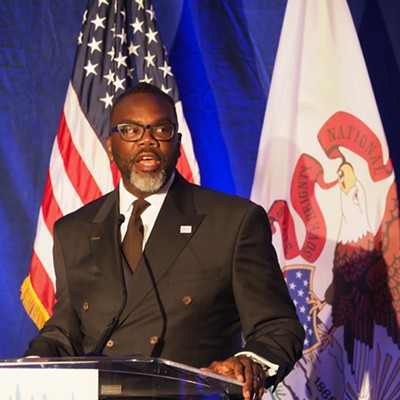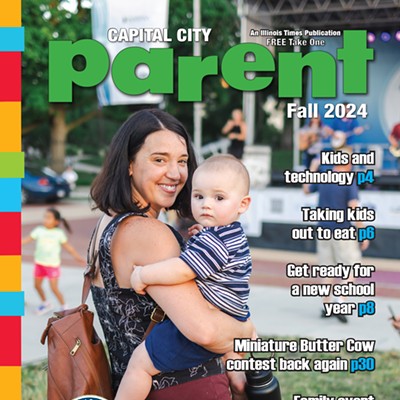Bruce Rauner is trying to divide Downstate from Chicago over school funding. It’s a low tactic that has a long tradition, as I noted in this column from the IT of June 5, 1981. The much longer original will appear on my blog, Second Thoughts.
Chicagoan Mike Royko declared war on Downstate and suburbia a few weeks ago, and just about everybody lost. Royko is the Sun-Times columnist who is popular among Chicagoans because he writes in short sentences of very simple words. Succumbing to a fad, he sought a military solution to the apparently intractable political problem of funding of mass transit in Chicago and its suburbs.
The squabble between Chicago and its suburbs is a family affair, and I won’t comment on it. As for Chicago and Downstate, well, there is no reason why they should get along. They are part of the same state only by a mapmaker’s whim, a cartographic prank. Illinois was drawn in 1818, when Chicago was still a swamp and the only mass transit system in Illinois was the riverboat. Like the borders drawn to delineate imperial Europe’s African colonies, the state lines are no respecters of tribal boundaries, although in Illinois’ case tribal politics came after conquest rather than before.
Officially, this latest argument has been cast as an urban-rural conflict between Royko’s hayseeds and his detractors’ city slickers. This is an antagonism with many roots. John Shover, writing in First Majority-Last Minority (Northern Ilinois University Press, 1976), observed that the WASP culture was forged in the countryside. “Even now the prototype of the WASP is a small-town Protestant churchgoer,” he points out. “Accordingly much of the rural-urban conflict that has periodically surfaced in our history may mask sharp ethnic and religious differences.”
To a Downstater, meanings are packed into words such as “Chicago” like powder in a bomb. Cities – big cities anyway – are un-American. Americans seldom trust them, even as they moved to them by the millions in search of jobs. As soon as they could afford to, most of them set about recreating the small towns they left behind in the form of suburbs filled with tidy houses set on tidy lawns like cheese on a plate. Cities were European inventions, peopled by alien philosophies and tongues, and they remain so today, even though the tongues have changed. I know families from places like Champaign or Beardstown who’ve moved to the suburbs where they’ve lived on Chicago’s doorstep for a decade, and who, like fever-scarred English coastal traders in West Africa in the 1820s, never venture into the city’s dark interior except at Christmas, to shop.
Of all the sharp differences that Shover warns us are masked by our urban-rural conflict, none is sharper than that between black and white. The role of race in the RTA debate was broached hesitantly at first. But it quickly became apparent that when many Downstaters said “Chicago” they meant “black.” (For the moment I will define “Downstate” as any place outside the Chicago city line.) Republican state senator Roger Keats of suburban Wilmette, for instance, offered to give Royko East St. Louis as a going-away gift – East St. Louis being another Illinois city that is mostly black.
Royko himself was deluged with mail in which some Downstaters indulged in race-baiting of the most scurrilous sort. On such evidence, Royko concluded that, to the rest of Illinois, “Chicago is nothing but a collection of Blacks, Latinos and oddball White ethnics.” The fact is that Chicago is just such a collection, and it isn’t just Downstaters who think that but the U.S. Census Bureau too. But I think I understand what he was trying to say.
The day after Royko excoriated Downstaters as racists, the New York Times published an excellent profile of the Milwaukee Avenue section of Chicago’s Polish Northwest side. In it we learn that euphemism is not an especially yahoo trait; among older Poles, Spanish and black newcomers are still referred to as “the element.” I cite that report not to defame Chicago’s Poles but to make a point that Royko has so far forgotten to make, which is that racism is not a function of geography. The imputation of race hatred on the basis of residence is nearly as scurrilous as the imputation of criminality or sloth on the basis of skin color; the word ‘hick,” spoken in a certain way, is just as much of an epithet as “nigger,” and just as indiscriminate in its effect.
All of this made it harder and harder to pick sides as the war dragged on. More than once I was reminded of the words of Stephen Stills, who used to sing, “Nobody’s right, when everybody’s wrong.” Like many a real war, this one was at first exhilarating, then frightening, finally merely boring. At month’s end I found myself wishing I could secede from Illinois.
Contact James Krohe Jr. at [email protected].
Pots and kettles
The governor tries to divide Illinois against itself – again
[
{
"name": "Air - MedRect Combo - Inline Content 1",
"component": "11490391",
"insertPoint": "3",
"requiredCountToDisplay": "1",
"parentWrapperClass": "fdn-ads-inline-content-block"
},{
"name": "Air - MedRect Combo - Inline Content 2",
"component": "11490392",
"insertPoint": "7",
"requiredCountToDisplay": "5",
"parentWrapperClass": "fdn-ads-inline-content-block"
},{
"name": "Air - MedRect Combo - Inline Content 3",
"component": "11490393",
"insertPoint": "12",
"requiredCountToDisplay": "9",
"parentWrapperClass": "fdn-ads-inline-content-block"
}
]
Illinois Times has provided readers with independent journalism for almost 50 years, from news and politics to arts and culture.
Your support will help cover the costs of editorial content published each week. Without local news organizations, we would be less informed about the issues that affect our community..
Got something to say?
Send a letter to the editor and we'll publish your feedback in print!

